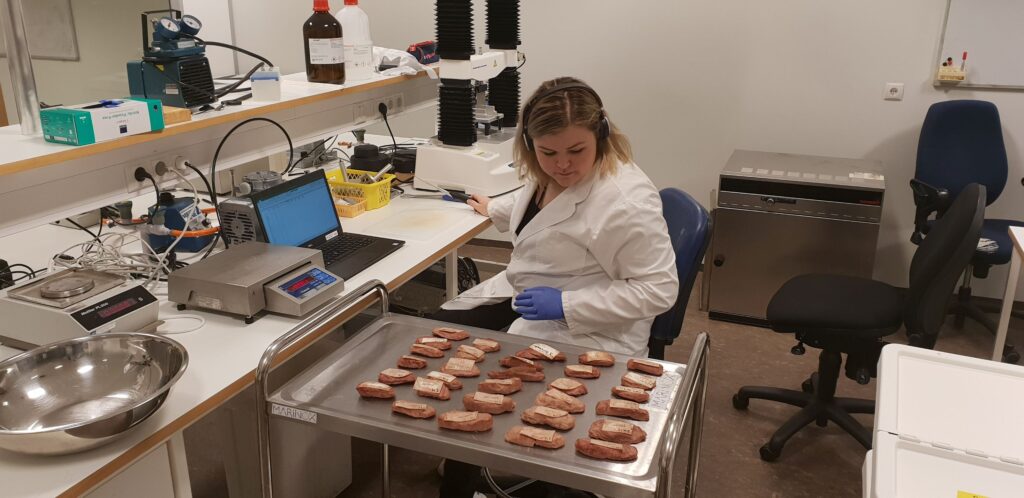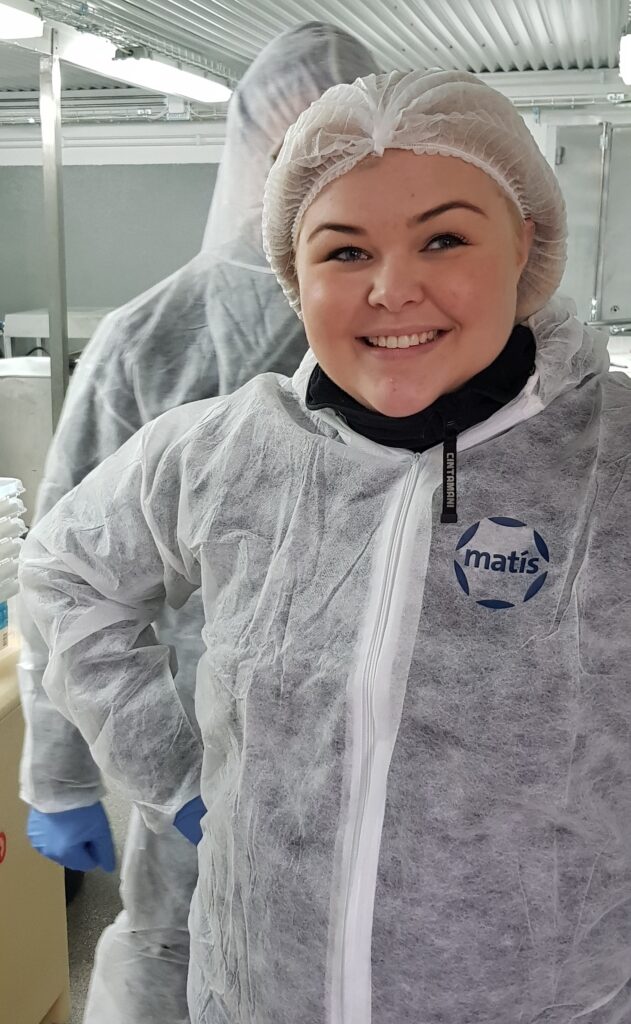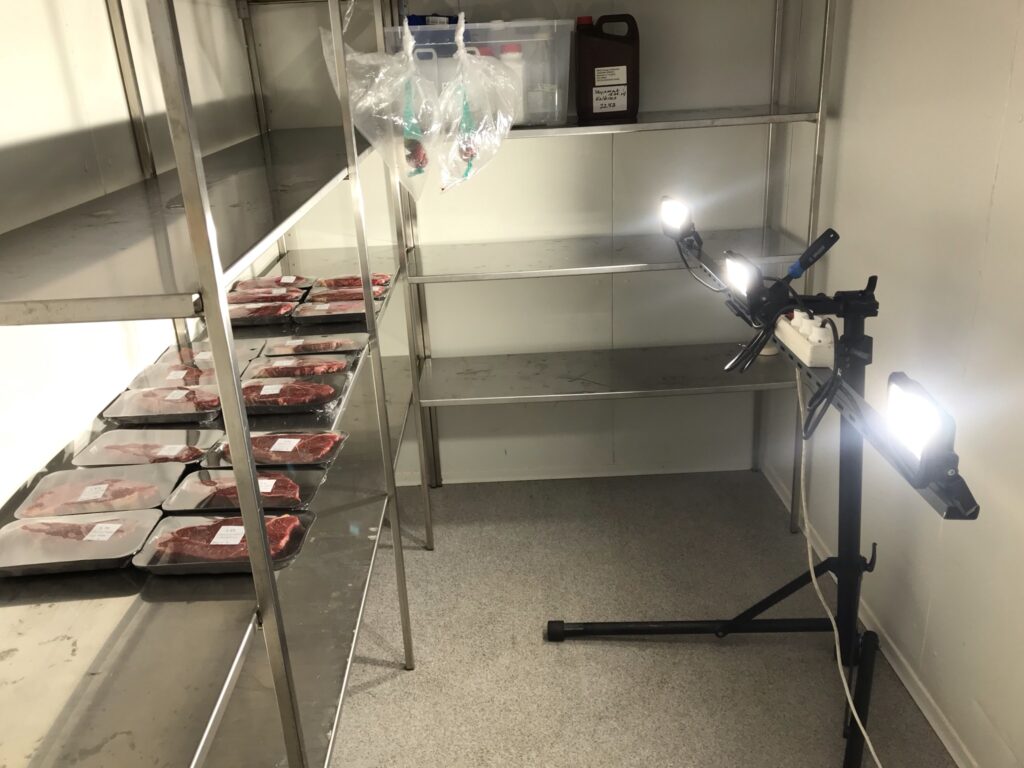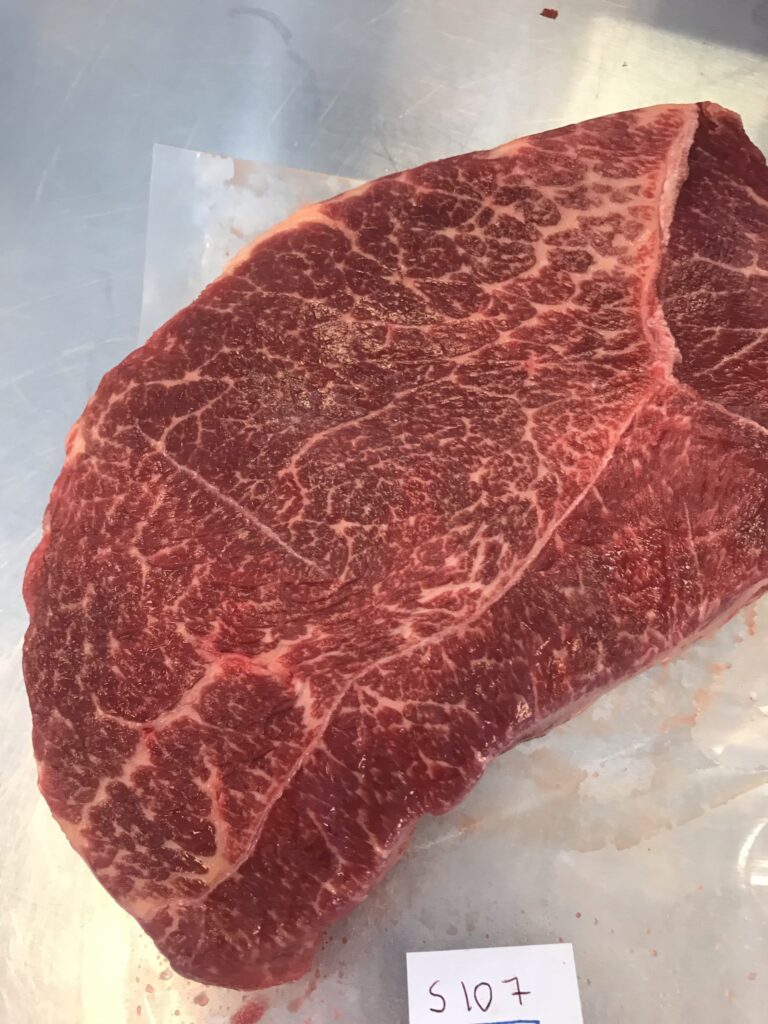Horse and foal meat has many good qualities, but is a little known consumer product in the world. The nutritional value of the meat is good, it is lean and at a relatively low price compared to other meats. Research on horse and foal meat has been deficient over the years, but Eva Margrét Jónudóttir and other experts at Matís have worked diligently to improve it in recent years.
This summer, Eva Margrét's last project, a specialist at Matís, completed horsemeat, but she has in recent years conducted various research in that field. In connection with her BS degree in agricultural sciences at the Agricultural University of Hvanneyri, her interest in this work was sparked and her final project dealt with the attitudes and buying behavior of Icelandic consumers of horsemeat. Subsequently, she pursued a master's degree in food science at the University of Iceland in parallel with her work at Matís, where her main research topics were the quality and properties of horsemeat. We talked to Eva Margrét about the projects she has done in this field, their origin and her ongoing work in the field of food research.
What was the original purpose of your research?
"I had long wondered that the people I met were rather indifferent to horsemeat, but I myself was raised with home-slaughtered horsemeat and thought it was tasty and wonderful. I wanted to study horsemeat and draw attention to it, but had difficulty finding guidelines for such research. I was then pointed out to Guðjón Þorkelsson, who applied for and received funding for the projects in the Productivity Fund and Kolbrúna Sveinsdóttir, experts at Matís, and they were there for the fight, "says Eva Margét.

"In the previous study I did, the goal was to submit proposals to improve the position of horsemeat in the domestic market. This was done by analyzing the attitudes and buying behavior of Icelandic consumers of horsemeat, discussing with stakeholders the status of horsemeat in the country and examining the actual state of knowledge in this field at that time. The purpose of subsequent research was to obtain and disseminate information that supports and paves the way for marketing and sales of horsemeat, "explains Eva Margrét.
The purpose was also to show that horsemeat is of high quality, has a full mission in the market as a luxury product and that its shelf life can be extended considerably with shorter processing processes, better packaging and more cooling. It all worked out.
Surprising results
Initially, it was planned to get 400 answers to a questionnaire that was posted online in the previous study. A total of 850 responses were received, which immediately gave the idea that consumers were interested in the material.
The main results were that most of the participants in the study were really positive and welcomed the discussion about horsemeat, but the public's knowledge of its quality and treatment could be increased. They showed that 96% participants had tasted horse and / or foal meat, but those who had not tasted were not interested, either because they did not eat meat over their heads or because they felt like eating the dog. time and considered it wrong for emotional reasons. Most people considered horsemeat and foal meat to be a clean and environmentally friendly food, free of antibiotics and contaminants. It also became clear that people from all over the country did not think horse and foal meat was prominent enough and visible in shops.
The results of the latter studies showed in black and white that horsemeat is a quality product that can be maintained in good condition for a long time if it is handled correctly. Chemical measurements were performed confirming that foal meat is nutritious and the total number of micro-organisms after 15 days of storage at 2-4 ° C was below the limit values which confirmed good production methods and safety for consumption. The foal meat was tender and the taste and desire smell was generally not or not very measurable.

The results of experiments on shelf life exceeded expectations for wholesale packaged vertebral muscles as no changes were measured after 28 days at -1.5 ° C compared to the stated 2-3 weeks shelf life at 4 ° C. This was possible by lowering the temperature by 3-4 ° C, blocking light and limiting access to oxygen. Experiments with retail packages such as foam plastic trays with plastic film over as is common in meat tables did not work as well, but the number of days in wholesale did not affect the shelf life of retail in this case as there were no damage during the wholesale storage period and the meat quality was very constant.
The results of the study as a whole showed that horsemeat should have good potential on the market and it is hoped that it will be useful in preparing guidelines in this regard. They could lead to improved work processes that increase the shelf life of products and thus prevent unnecessary waste of horsemeat.
Eva Margrét hopes that over time, people will start to see horsemeat as a limited resource and not as a surplus of something else.
What have been the effects of this research and what are the future prospects for horsemeat in the Icelandic market?
"There was a lot of interest in this topic first when we were starting the research and we got coverage in the various media. I went to a variety of interviews and people along the way were endlessly asking about this research, what was in the news and how it was going. But after we finished the projects, the discussion has calmed down, "says Eva Margrét.
"I have no follow-up projects on my cards yet, but I still hope that in the future I will be involved in more horsemeat research or some kind of product development project in connection with horsemeat. There is still so much to take in and many untapped opportunities there.
As for the future, we have one more idea for a project that did not receive funding in the last experiment, and it was called "Horse meat - cooking and value added". In short, it was about promoting horsemeat as a quality food product for restaurants, canteens and general consumers in collaboration with stakeholders through open horsemeat events, experiments on the various versions of cooking and the preparation of promotional material for publication. Here one would have to keep going and not give up. There is a lack of a website about horse products where you can find research on horsemeat, nutritional value, cooking instructions, recipes, meat cuts, bits of information or fragments from the history of horsemeat, storage instructions, etc. all in one place. This could even be an improved version of The Icelandic meat book which is a fairly good foundation to build on, "says Eva Margrét.

"It is also my distant dream to one day, together in a book or web magazine, take everything between heaven and earth that concerns the consumption of horsemeat and the utilization of the Icelandic horse. Both on a theoretical basis from the point of view of a food scientist but also in a historical or more creative way. "
Trivia and live footage from Eva Margrét's project work and research on horsemeat can be found on Matís' Instagram page here: Instagram.com/matis.
Projects such as the horsemeat projects in question are carried out in various areas at Matís but fall under the service category meat. If you are interested in getting to know more about research and innovation when it comes to meat processing and production, you can watch a presentation of the material here: Emphasis: Meat production and meat processing - research and innovation.
In the next few days there will also be a new episode of Matvælinu, Matís' broadcast on research and innovation in food production. Eva Margrét will talk about her horsemeat research as well as other projects she has worked on and put these issues in context with fun experiences and bits of information.




